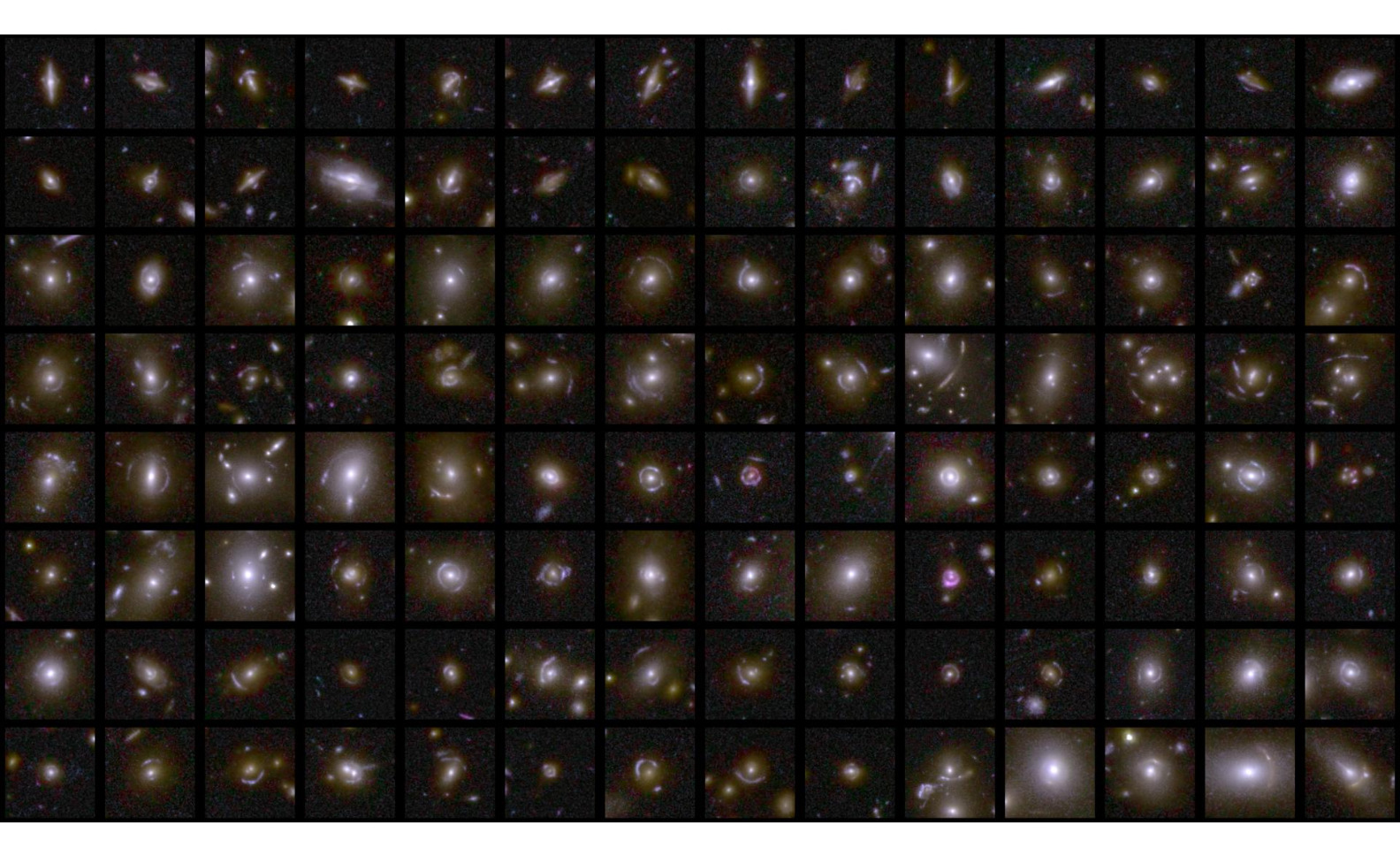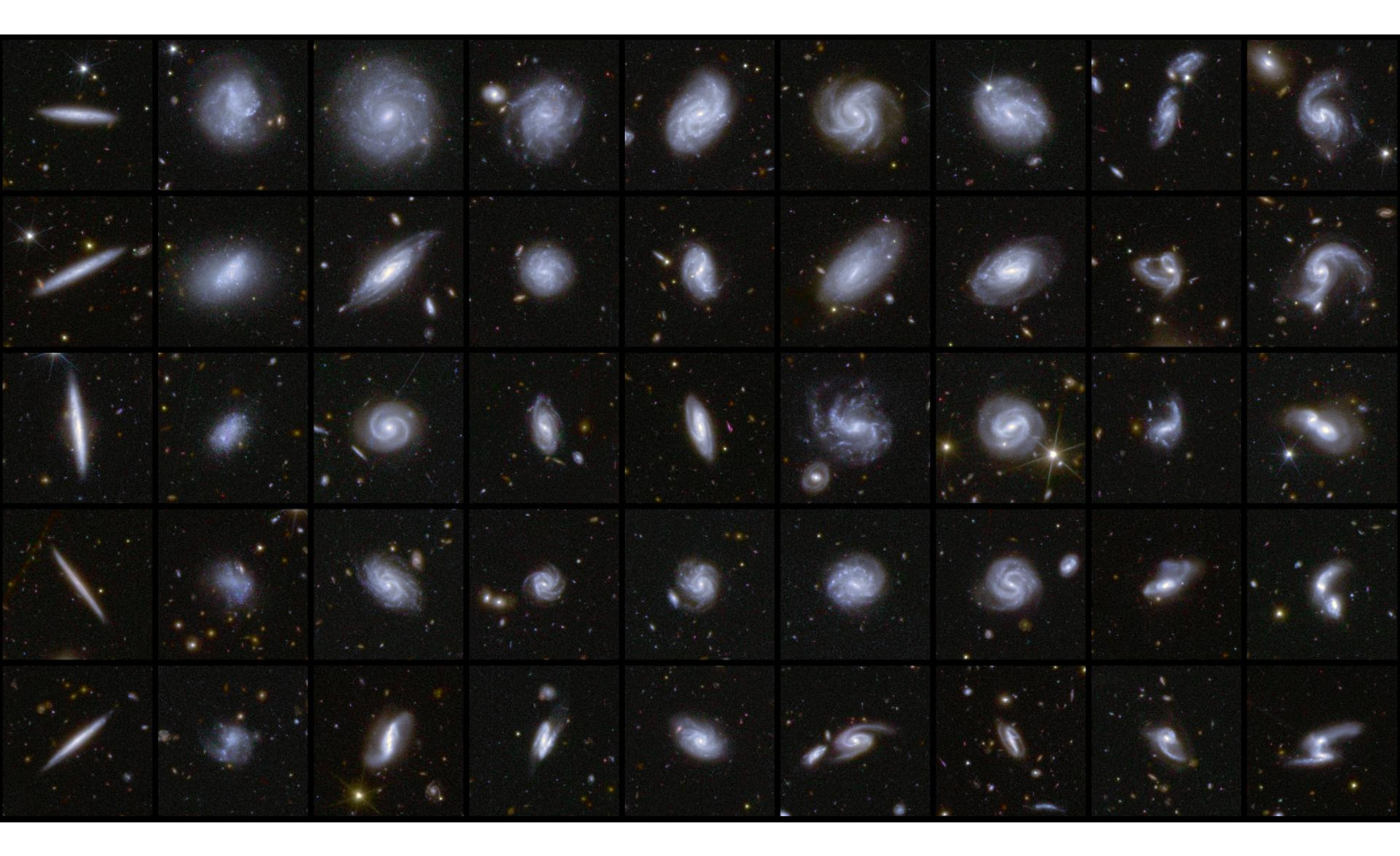The European Space Agency (ESA) has published the first set of data collected by the Euclid telescope. They include images of three areas of the sky where many thousands of galaxies can be seen.
26 million galaxies
The Euclid telescope was launched in July 2023. The device’s primary mission is to study mysterious dark matter and dark energy — invisible forces that scientists say make up 95% of the universe we know. For this purpose, Euclid makes high-precision measurements of the redshifts of galaxies located up to 10 billion light-years away from the Milky Way.

On March 19, 2025, ESA released the first batch of data collected by Euclid, including three mosaics of the regions in the sky where it will conduct its deepest exploration. In just a week of observing each of them, Euclid has already detected 26 million galaxies of different shapes and sizes that are part of a giant cosmic web. The most distant ones are up to 10.5 billion light-years away from Earth.

The images published by ESA cover 63 square degrees of sky, equivalent to the area of more than 300 full moons. But that’s just the beginning. In the coming years, Euclid will make many observations of these three regions as well as other parts of the sky, allowing it to find even more distant galaxies. In total, by the time it is completed, the telescope will have compiled an atlas covering 14,000 square degrees — a third of the entire sky.
Artificial intelligence comes to the rescue
According to calculations of mission specialists, within six years Euclid will receive images of more than 1.5 billion galaxies and will send about 100 GB of information to Earth every day. Such an impressively large data set creates incredible opportunities for discovery, but also huge challenges when it comes to analyzing it and cataloging galaxies.

To solve this problem, astronomers will engage a combination of artificial intelligence (AI) algorithms and thousands of volunteers and citizen science experts to help train them. The first release of Euclid data confirms the promise of such an approach. It contains information from 500 strong gravitational lensing candidates detected by AI, after which their data was cross-checked by humans.
The Euclid data also contains a detailed catalog of more than 380,000 galaxies that have been classified on the basis of features such as spiral arms, bars, and tidal tails indicative of past mergers. The sales catalog was created by the artificial intelligence algorithm Zoobot. Last year, in an intensive month-long campaign, 9,976 volunteers trained Zoobot to recognize galaxy features by classifying Euclid images.

The 380,000 is only 0.4% of the total number of galaxies of similar resolution that are expected to be explored during Euclod’s lifetime.” The final catalog will provide the detailed morphology of at least as many orders of magnitude more galaxies than have ever been observed before. It will help scientists answer questions such as how the formation of spiral arms and the growth of supermassive black holes occurs.
According to ESA


